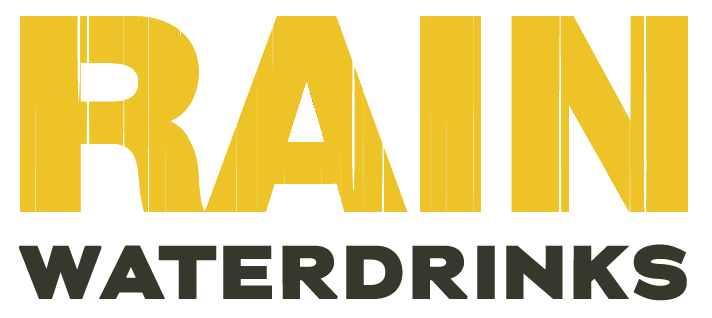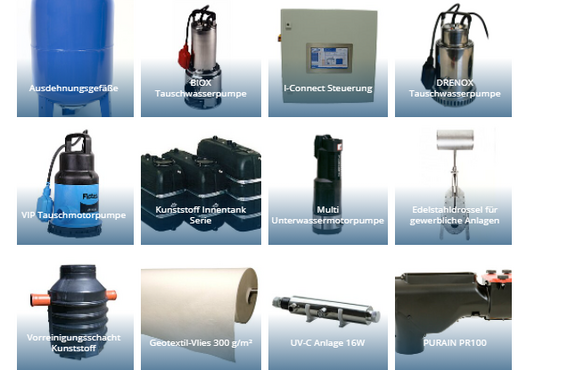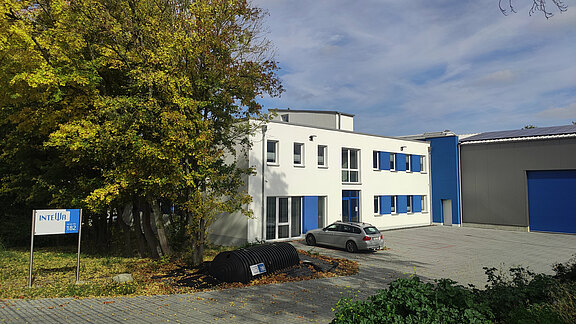Depending on the dirt input of the connected areas, different cleaning measures are required before infiltration or discharge into the sewer or receiving water. In addition to cost-effective sedimentation and filter chambers, we also offer systems for the treatment of heavily polluted road runoff. Our systems can include various purification stages, such as sedimentation, biological degradation, separation, adsorption, sterilisation and even membrane filtration. The DWA regulations also deal with the topic of prefiltration.
There has been some confusion recently about the use of DWA regulations. Here is a brief explanation from our point of view:
In the DWA-A102 worksheet, regulations are formulated for the treatment of stormwater runoff from a separate sewer system prior to discharge into surface waters. Depending on the context, surface water also refers to surface waters or open waters. Groundwater is not included. Drained surfaces are divided into different categories depending on their use with regard to the possible pollution of rainwater runoff.
Read more
Only category I surfaces (slightly polluted precipitation water) are still allowed to discharge into a surface water body without prior treatment. For areas in categories II (moderately polluted rainwater) and III (heavily polluted rainwater), rainwater treatment must now always be provided or retrofitted in existing buildings. Treatment is now mandatory for all roads in residential areas with a DTV>300 as well as for all yard and traffic areas in mixed and commercial areas and in industrial areas. The degree of treatment depends on the respective area shares (see classification of categories) in the catchment area of the discharge point. DWA-A 102 has been available in white print since 11/2020 and is therefore applicable.
DWA-A 138-1 relates to the drainage situation within settlement areas and applies to precipitation water that is collected from the area of paved or built-up areas and infiltrated specifically into the soil-groundwater system. DWA-A 138-1 is currently being revised and is available in yellow print (draft). The deadline for comments was 31.01.2021. "It does not contain statements on the dimensioning, operation and maintenance of decentralised technical treatment facilities, which are often required upstream of underground infiltration systems, especially if there is no space available for an above-ground infiltration system. Corresponding regulations are provided for in Code of Practice DWA-M 179. Code of Practice DWA-M 179 is currently being revised. The yellow print (draft) is not yet available.
As things stand at present (April '21), the assessment of treatment and discharge into surface waters (groundwater) is therefore to be carried out in accordance with DWA-A 102.
The topics of infiltration, flooding and treatment are still to be assessed according to DWA-A 138 (2005) and DWA-M 153, as long as DWA-M 179 is not available and the revision of DWA-A 138-1 has not been completed. The status is to be checked regularly for new publications and amendments.
INTEWA products for the treatment of stormwater runoff according to DWA:



